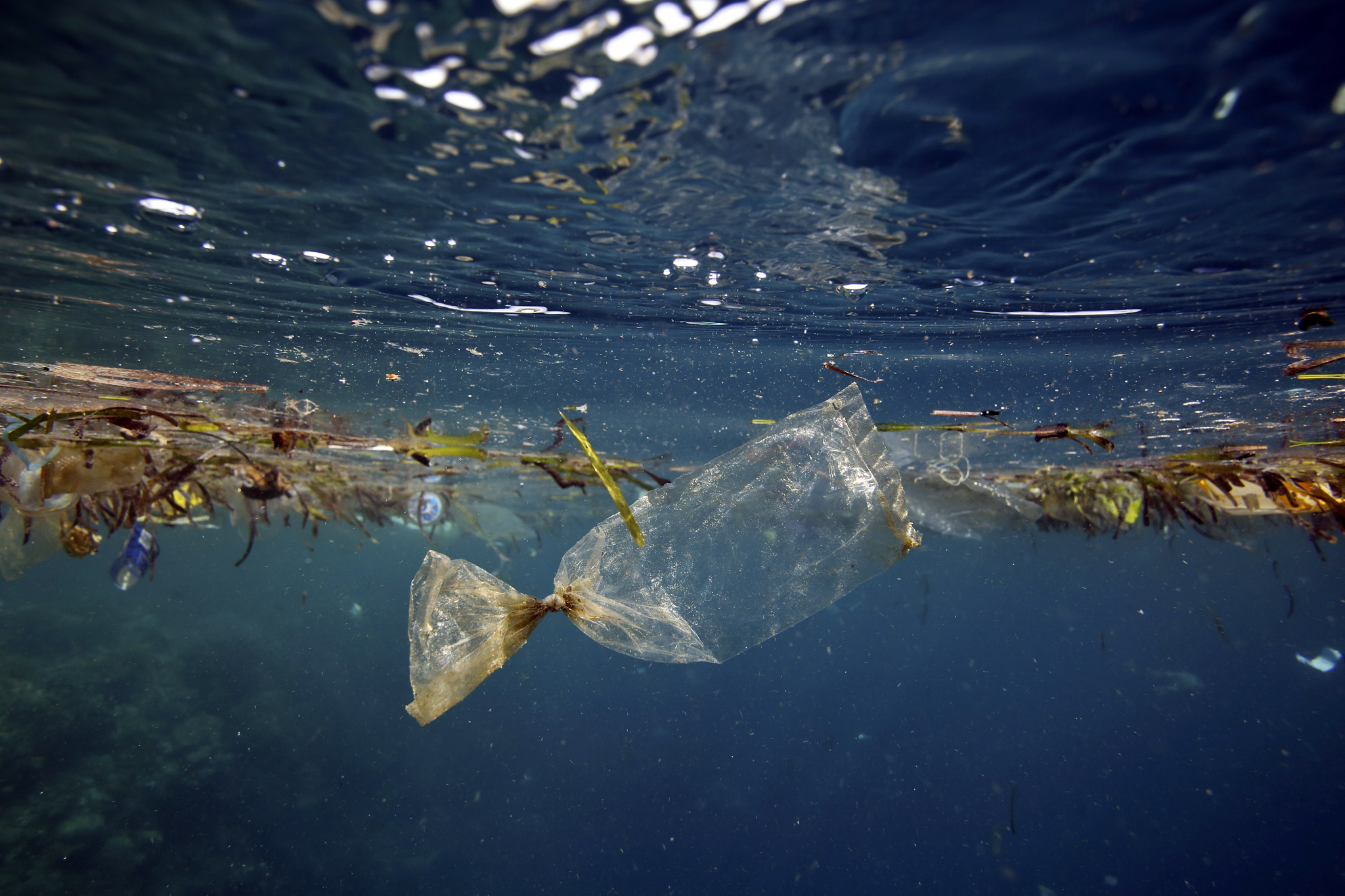GOOGLE: GREAT IDEAS AND EXECUTIONS COME FROM GREAT TEAMS.
1) Find the team’s hedgehog: know what is a team’s super-skill, which no one else does better (For Google the hedgehog is Machine Learning. Watch out for the future of personalized and atomized website UX)
2) Create and empower “3-in-a-box”: a team made of a designer, a product manager and an engineer
3) Join their accountability: no one should say “oh, it is a design mistake, I am not responsible for this.” Instead it is everyone’s responsibility to create an amazing product.
4) Always focus on patterns of human behavior: (feels like there needs to be a second part here)
5) Create great products: people will be attracted to them and everything else will follow.
6) Organize by users, not channels: Google is a huge structure, which has many products. What all these products have in common is that they are used by people. Some people work in big companies, others in mom-and-pop shops. They have different expectations about the products. Help them to reach their goals.
7) Measure team performance: have clear indicators and outcome results, where performance can be measured
8) Be consistent in team management: It is the same as the concept of a flywheel--the longer you move at a consistent speed, the longer this wheel can maintain its energy without external support
9) Give direction, but stay out of the way
10) Test results of the work all the time: Google has Open Friday, where potential users are invited to participate in testing. Any team can submit a product for testing.
Google grew from a startup to a tech giant, yet it keeps thinking of fresh ideas and products.
Their team philosophy played a big part, so who knows what else they will achieve?























